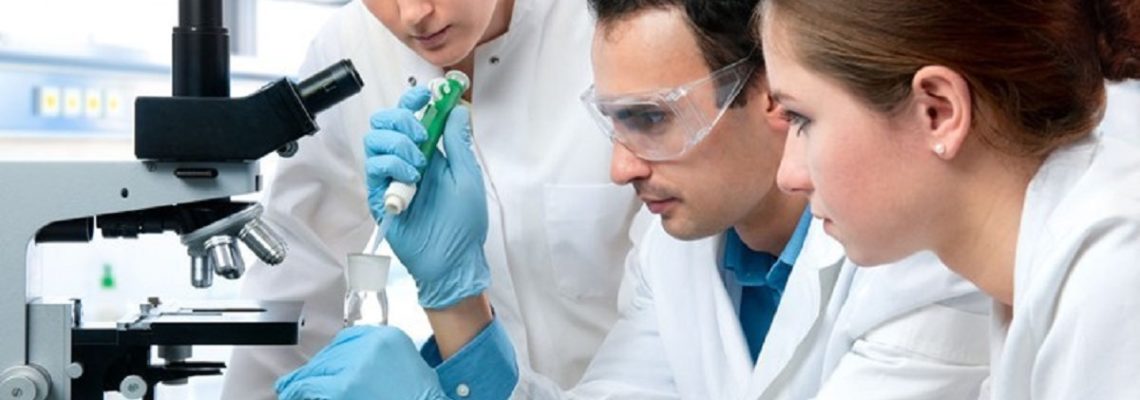A biological evaluation plan is developed to systematically assess whether a device intended for use in humans poses an unacceptable biological safety risk.
The Food and Drug Administration (FDA) Guidance document, Use of International Standard ISO 10993-1, “Biological evaluation of medical devices – Part 1: Evaluation and testing within a risk management process” (2020), sets out information on the general principles of biological evaluation of medical devices within a risk management framework.1 Areas to be considered in a biological evaluation plan include the intended use of the device, its materials of construction and manufacturing process, available biological safety data, and knowledge gaps which should be addressed through testing.
Testing used to support the biological evaluation process may include chemical characterization and toxicological risk assessment, cytotoxicity, irritation, sensitization, hemocompatibility, pyrogenicity, genotoxicity, and systemic toxicity.
A robust biological evaluation plan is not just important from a safety perspective, but can also help to improve efficiency in device testing and development. Jordi Labs is an expert in the biological evaluation of medical devices and biocompatibility testing and can help you understand what tests are required as part of a biological evaluation plan, so you do not waste any time on unnecessary testing.
Creating a Biological Evaluation Plan
A biological evaluation plan must be created with the support of ‘knowledgeable and experienced professionals’ as established in ISO 10993-1.1 This is why involving a partner like Jordi Labs can help accelerate and improve your biological evaluation processes. The first part of creating a biological evaluation plan is to consider what biological evaluation information is available and missing for any materials that would be used, in the context of the finished device.
It is acceptable in biological evaluation to make use of existing data on biological risks if the previous biological evaluation and testing has been carried out under sufficiently stringent conditions and is representative of the finished device configuration. This is one way a thorough review before starting any biological evaluation can help avoid any unnecessary testing. It is also important to consider, particularly for new materials that have no prior usage in medical devices, whether the properties of the isolated material and medical device may be different.
A biological evaluation must evaluate the risk of all relevant biological safety endpoints prescribed by ISO 10993-1:2018 for the specific device category. This includes consideration of the duration and type of contact with the body.
Systemic endpoints, such as genotoxicity, carcinogenicity, and acute or chronic systemic toxicity, may be addressed through either biological testing data or chemical characterization and toxicological risk assessment data. On the other hand, localized endpoints, such as cytotoxicity, irritation, and hemocompatibility, generally require biological testing data.
Jordi Labs can help you evaluate what steps you need to include in your biological evaluation process and how to remain compliant with any biological evaluation legislation and regulations. Jordi Labs also has 40 years of experience in chemical testing, so for new materials that require extensive testing and characterization, the company can bring that expertise to your biological evaluation process.
References
- ISO 10993-1:2018, https://www.iso.org/standard/68936.html, accessed April 2022
- FDA Guidance Use of International Standard ISO 10993-1, “Biological evaluation of medical devices – Part 1: Evaluation and testing within a risk management process” (2020)





